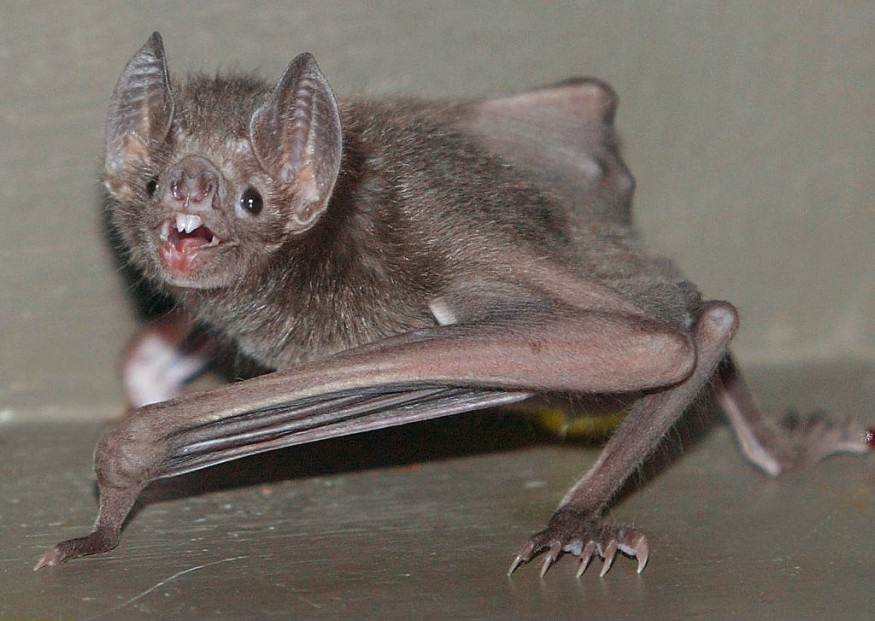Vampire bats have recently been found grooming and sharing food with other females equally, minus the regard for social status.
A New Scientist report said, unlike the strict, noticeable female dominance hierarchy, observed in many other social animals, the vampire bats' so-called "egalitarian" social life suggests that individuals are doing well when their groupmates are doing well.
According to The Ohio State University's Gerald Carter, with vampire bats, grooming and sharing of food are reciprocal, not one-sided like the ones seen in some primates.
He added they are frequently grooming each other at the "exact same time, for the exact same amount of time." Carter had been examining how female vampire bats are cooperating, like through social grooming and specifically sharing food, by spitting or vomiting it.
Nevertheless, when Carter saw primates interacting, he realized how different their social behaviors appeared. He was thinking, vampire bats, as described by National Geographic, do not constantly harass and control other individuals, nearly for no obvious reason like the primates do.

Vampire Bats
Carter, together with his colleagues, decided to closely watch about 24 wild-captured, adult, female common vampire bats also called Desmodus rotundus, iNaturalist explained, and their offspring, nine young bats, which include five females.
All the bats, this study specified, were kept in a large cage in which they could fly around at the Smithsonian Tropical Research Institute in Gamboa, Panama.
As part of their study published in Royal Society Open Science, the researchers left drops of blood on the floor overnights for 70 consecutive nights and used infrared video to document over 1,000 interactions between bats.
On rare occurrences, the bats were observed to be fighting over the food by hitting each other using their thumbs, explained Carter.
However, he continued explaining; usually, the vampire bats would only push one another out of the way, or they would step away voluntarily.
Based on what they had observed, the study authors then concluded that the bats have what they called a "weak and shallow" hierarchy.
Bats' Social Hierarchy
The researchers looked at social hierarchies in 92 other animal species, including insects, birds, and mammals, and found that the hierarchy of vampire bats was so weak that it was less clearly defined than for 90 percent of these other species.
In addition, different from the other species, the female vampire bats did not use grooming as a mechanism for appeasing individuals of higher social rank, although rather, they were grooming and sharing food evenly.
Carter admits, his team might have missed indications of stronger social organization in this initial step of the ongoing study project, though. For instance, the bats could use sounds out of human hearing range to exhibit dominance.
However, it is probable that since female bats are sharing food, which their bodies cannot store as fat, they might be interested in their groupmates' wellbeing, specifically as possible food donors.
These vampire bats elaborated Carter, do not act out of harassment or bullying or some force. They, he added, are voluntarily grooming, not to mention sharing food with another bat, essentially saving her life.
Related information about vampire bats is shown on NOVA PBS Official's YouTube video below:
RELATED ARTICLE : COVID-19 May Have Come from Bats, WHO Now Investigates How It Was Transferred to People
Check out more news and information on Bats on Science Times.
© 2026 ScienceTimes.com All rights reserved. Do not reproduce without permission. The window to the world of Science Times.












